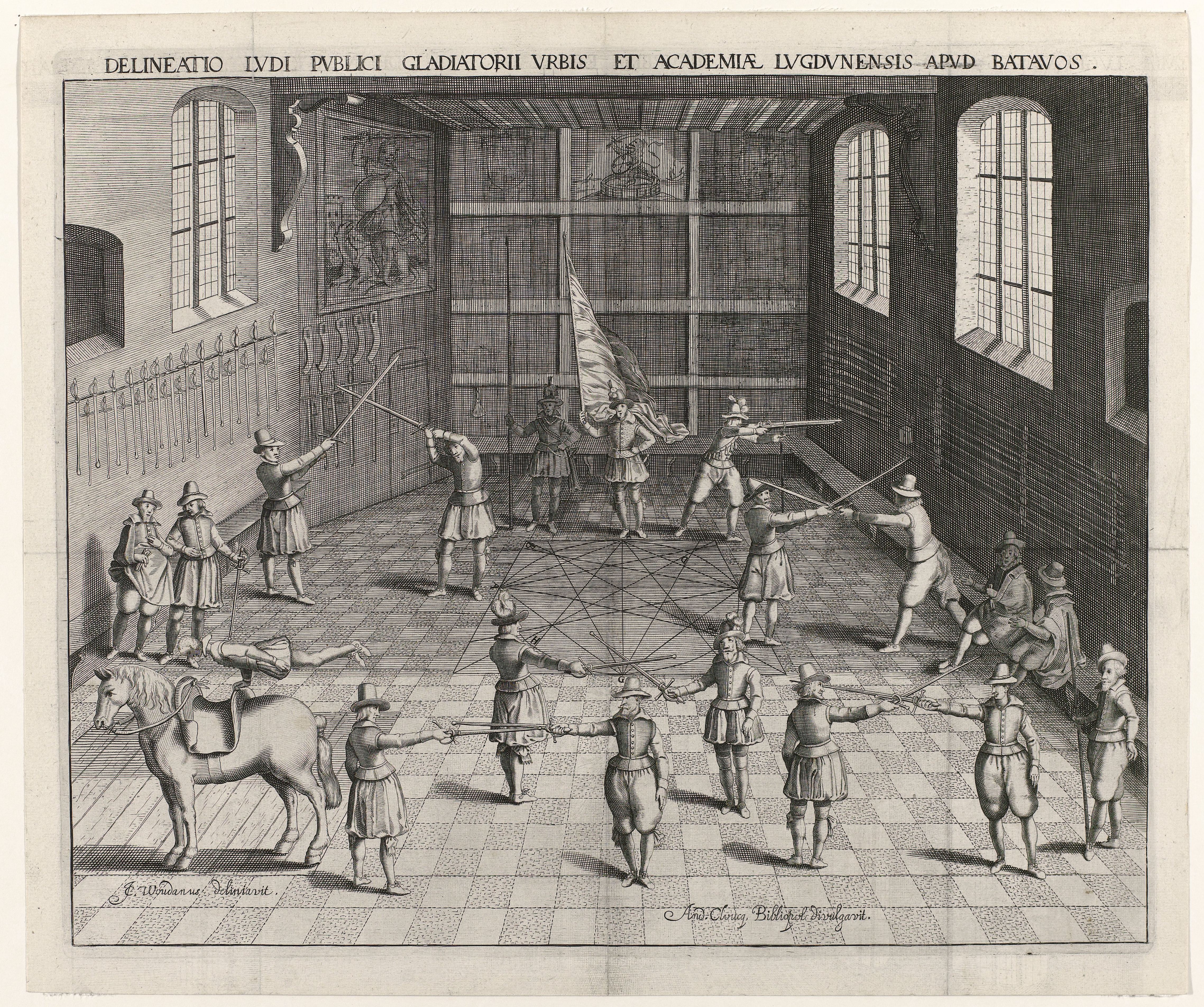|
Displacement (fencing)
In fencing Fencing is a combat sport that features sword fighting. It consists of three primary disciplines: Foil (fencing), foil, épée, and Sabre (fencing), sabre (also spelled ''saber''), each with its own blade and set of rules. Most competitive fe ..., displacement is a movement that avoids or dodges an attack. Fencers commonly use displacement when attacking while not having priority. Attacking into the opponent's right-of-way is known as a ''counter-attack''. If both fencers land, the fencer with priority, the attacker, is awarded the touch; therefore, the goal of the displacement is to hit the opponent while avoiding being hit in return. Displacement can take the form of retreating, advancing past the enemy's blade, utilising a flèche, ducking, or even stepping off the piste. References Fencing {{Fencing-stub ... [...More Info...] [...Related Items...] OR: [Wikipedia] [Google] [Baidu] |
Fencing
Fencing is a combat sport that features sword fighting. It consists of three primary disciplines: Foil (fencing), foil, épée, and Sabre (fencing), sabre (also spelled ''saber''), each with its own blade and set of rules. Most competitive fencers specialise in one of these disciplines. The modern sport gained prominence near the end of the 19th century, evolving from historical European swordsmanship. The Italian school of swordsmanship, Italian school altered the Historical European martial arts, historical European martial art of classical fencing, and the French school of fencing, French school later refined that system. Scoring points in a fencing competition is done by making contact with the opponent with one's sword. The 1904 Olympic Games featured a fourth discipline of fencing known as singlestick, but it was dropped after that year and is not a part of modern fencing. Competitive fencing was one of the first sports to be featured in the Olympics and, along with Athl ... [...More Info...] [...Related Items...] OR: [Wikipedia] [Google] [Baidu] |
Flèche (fencing)
The flèche is an aggressive attacking technique in fencing, used with foil and épée. Background In a flèche, a fencer transfers their weight onto their front foot and starts to extend the arm. The rear leg initiates the attack, but the ball of the leading foot provides the explosive impulse that is needed to drive the fencer toward the opponent. Continuing to bring the weapon, arm, and front shoulder forward, the fencer picks up their back foot, crossing their front leg, and landing it in front of the other foot - as if taking an exaggerated walking stride. It is at this point, when the back foot lands and just after that arm has become fully extended, that the hit should be made. In foil, the attack is considered over when the back foot lands, and the opponent can seize right-of-way by initiating an attack. After attempting the hit, the fencer continues to move forward, running past their opponent, to avoid the riposte if he or she was parried, or a counterattack. If t ... [...More Info...] [...Related Items...] OR: [Wikipedia] [Google] [Baidu] |
Piste (fencing)
In modern fencing Fencing is a combat sport that features sword fighting. It consists of three primary disciplines: Foil (fencing), foil, épée, and Sabre (fencing), sabre (also spelled ''saber''), each with its own blade and set of rules. Most competitive fe ..., the piste or strip is the playing area. Regulations require the piste to be 14 metres long and 1.5 metres wide. The last two metres on each end are hash-marked to warn a fencer before they back off the end of the strip, after which is a 1.5 to 2 metre runoff. The piste is also marked at the centre and at the "''en garde''" lines, located two metres either side of the center line. Retreating off the end of the strip with both feet results in a touch awarded for the opponent. Going off the side of the strip with one or both feet halts the fencing action, and is penalized by allowing the opponent to advance one metre before being replaced on guard. If the offending fencer would then be replaced behind the rear limit ... [...More Info...] [...Related Items...] OR: [Wikipedia] [Google] [Baidu] |

